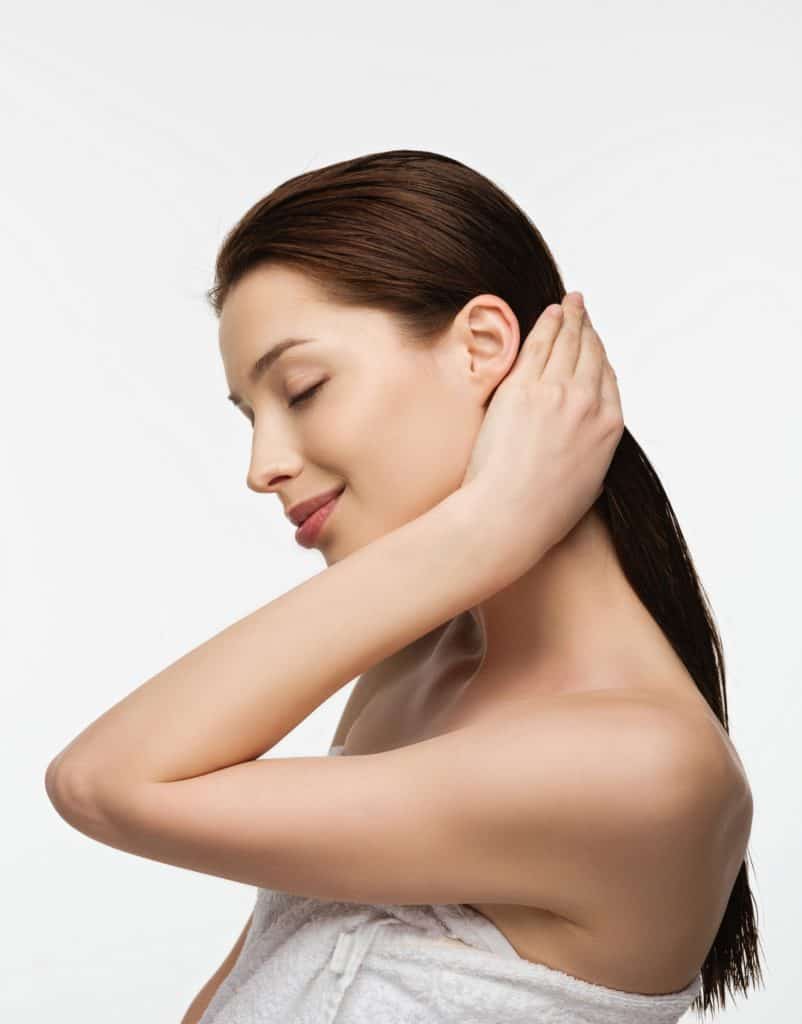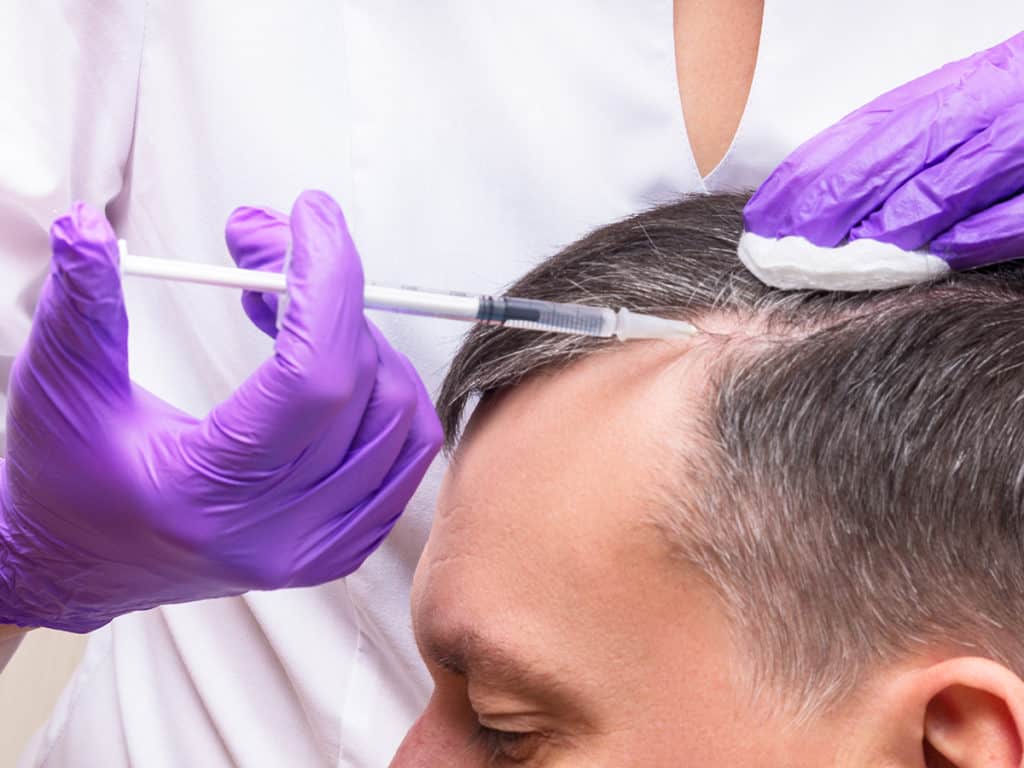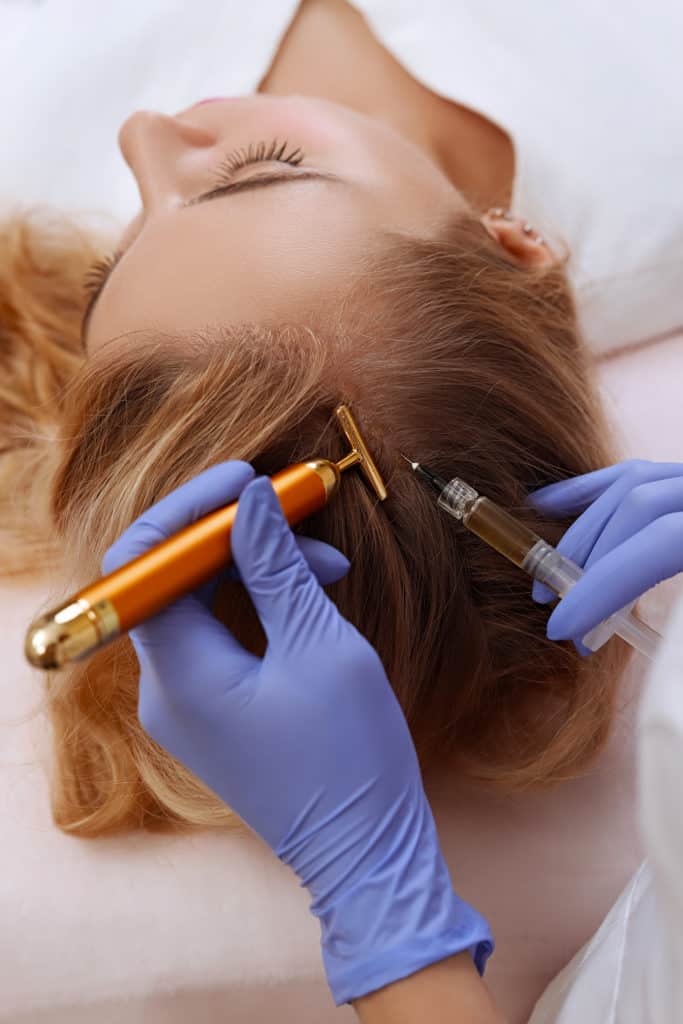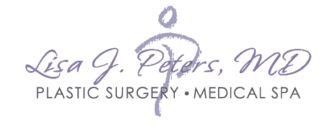What is PRP?
PRP for stands for platelet rich plasma. PRP is prepared by drawing a sample of your own blood and spinning it in a centrifuge to separate the platelet rich plasma from other components of your blood. Platelets, which are responsible for clotting and healing, contain active molecules called growth factors, which stimulate the natural repair mechanism of damaged tissues.
PRP for Hair Restoration
When PRP is injected into the scalp for hair restoration, it stimulates the hair follicles in the treatment area to enter their active growth phase (anagen), and helps prolong this phase, resulting in new hair growth. The PRP can also help reduce inflammation and prevent premature catagen phase (the end of the hair follicle cycle), resulting in less hair loss.
"She really listens to what your goals are and addresses what her goals are for you as well, and ultimately delivers incredible results! "-S.R. More Testimonials


We recommend starting with a package of 3 treatments spaced one month apart. At the 4 month follow up mark, your scalp will be assessed for new hair growth. If new hair growth is seen, it is recommended to have a maintenance treatment once every 6 months. For best results, we also recommend combining treatment with topical Minoxidil use such as Rogaine. Unfortunately, not every will person will see new hair growth from PRP treatment, as there are many different causes of hair loss and everyone responds differently to treatment.
Who is a Good Candidate for PRP Hair Restoration?
PRP for hair restoration generally works well for patients experiencing androgenetic alopecia, which is a common condition that causes the hair follicles to shrink. This condition is what is responsible for male pattern baldness. It also works well for both men and women experiencing an overall increase in generalized hair shedding.
"She was very patient and was always open to questions and concerns."-M.D. More Testimonials
What to Expect During Treatment
A small sample of blood will be drawn from your arm. This feels no different than getting your blood drawn at a typical doctors visit. Patients taking blood thinners such as aspirin, NSAIDS or Coumadin for example, are more likely to experience bruising at the blood draw site. Injections in the scalp are generally tolerated well without any local anesthesia. Patients describe the injections as little pinches, and some people barely feel the injections at all.
What to Expect After Treatment
The most common side effect following PRP for hair treatment is a feeling of “tightness” in the scalp, which may result in a headache for some patients. Other common side effects include injection site swelling, tenderness and bruising (especially if taking blood thinners).
What to Avoid After Treatment
To minimize bruising, avoid consumption of alcohol for at least 6 hours and refrain from taking NSAIDS such as Ibuprofen that day. Tylenol is okay to take for any discomfort or if you develop a headache. To maximize results and prevent any complications, such as infection at the injection sites, we recommend avoiding touching the scalp or applying any topical products/ washing the hair for at least 12 hours after treatment. Exercising should be avoided for at least 24 hours.

Book A Consultation
Schedule your initial consultation to get started.
